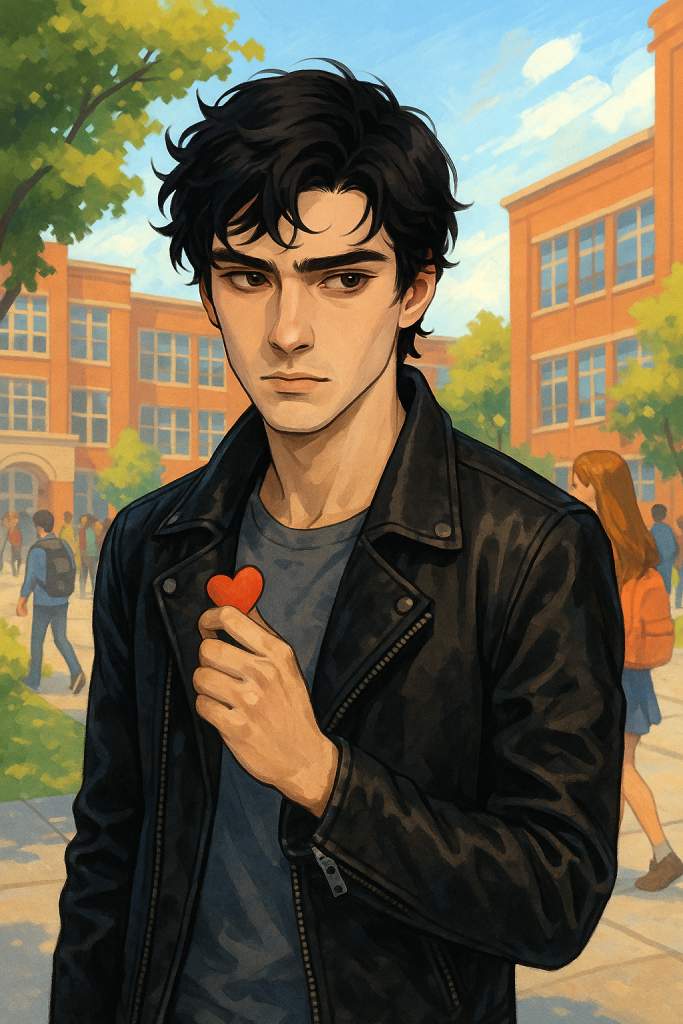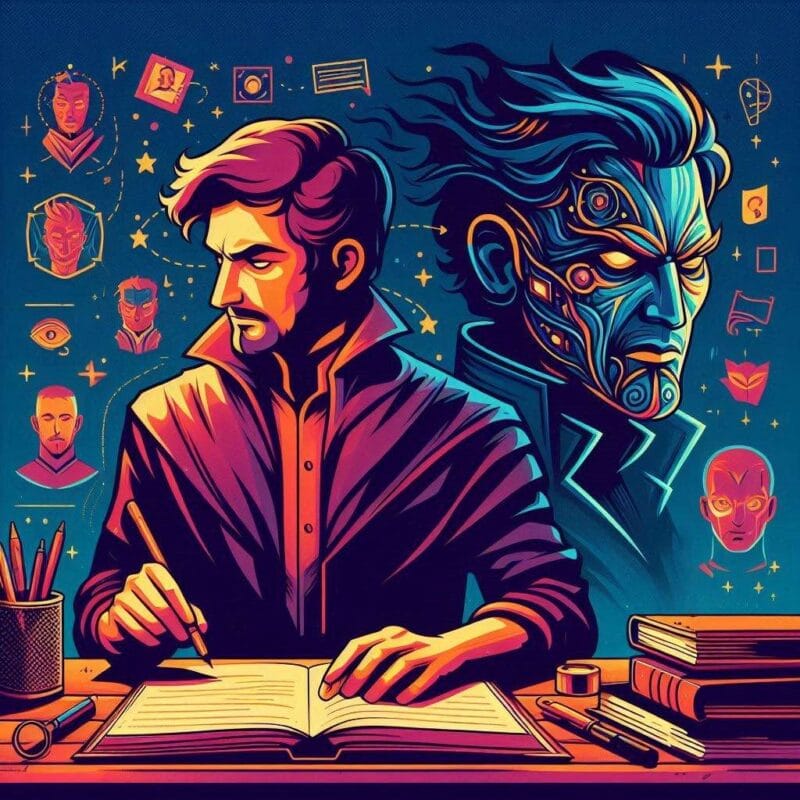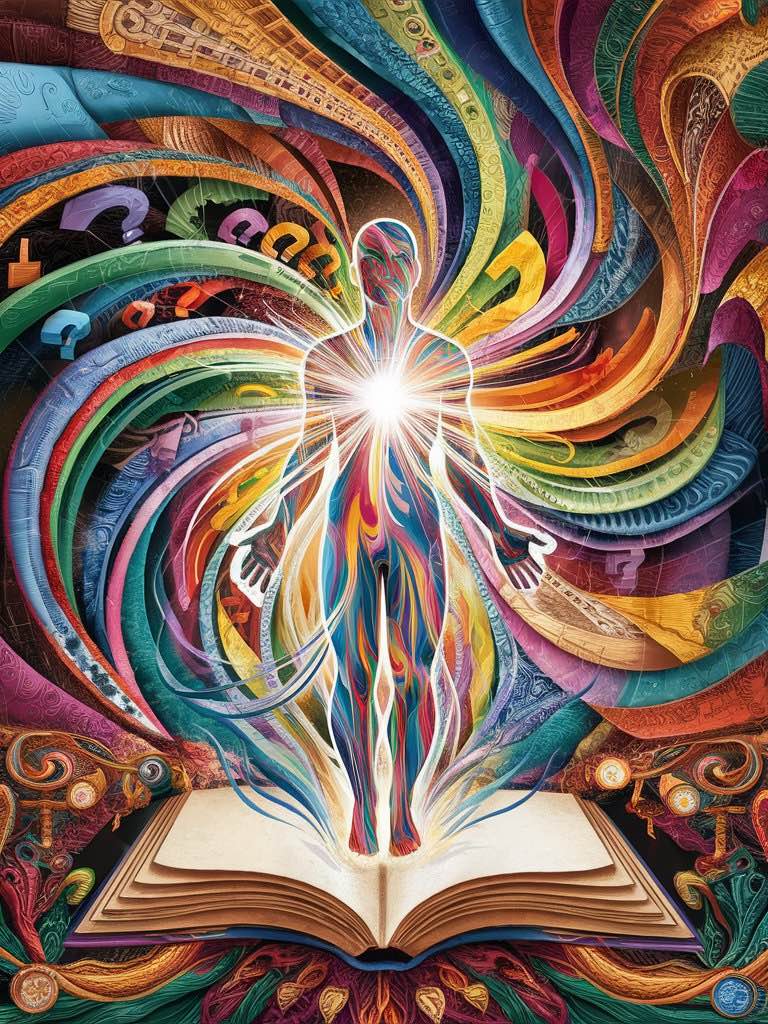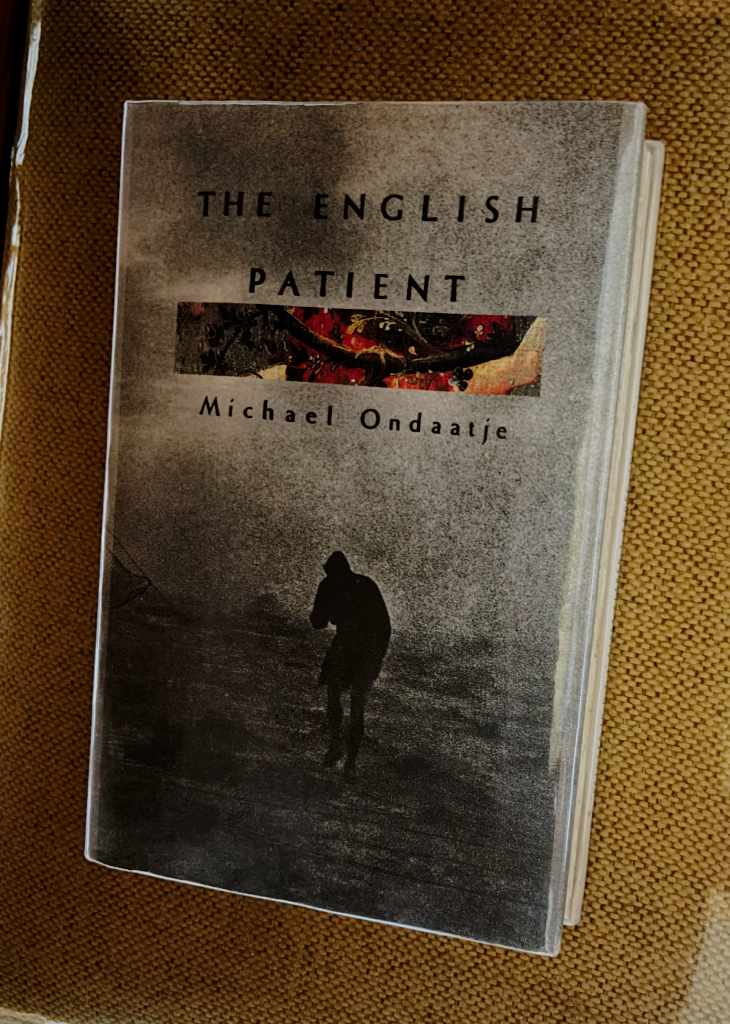When a teenager picks up a Young Adult (YA) fiction and meets a brooding, secret-haunted love interest, they might be greeting a line of heritage that reaches back to Lord Byron himself. The interplay between the “Byronic hero” template and modern YA romance signals how an old archetype reinvents itself to speak to adolescent longings, vulnerabilities, and romantic yearnings.
This article traces the genealogical roots of the Byronic hero, outlines its defining traits, examines how YA romance adapts and transforms those qualities, and explores the tensions that arise when a figure born of Romantic disillusionment enters a genre defined by youthful passion and the promise of renewal.
Genealogies of the Byronic Hero
Origins and Romantic Temperament
The Byronic hero first took shape in Byron’s writing, most notably Childe Harold’s Pilgrimage (1812–1818), as both a response to and rejection of the earlier Romantic hero. Byron’s protagonists embodied ethical conflict, emotional intensity, private torment, disdain for society, and a haunted past. Critics and scholars often describe their defining traits: gifted yet flawed, proud and withdrawn, secretive, self-destructive or volatile, and burdened by guilt or longing.
Byron did not invent every characteristic from scratch: antecedents trace back to Shakespeare’s Hamlet, the Gothic villains of eighteenth-century fiction, and the darker strains of the Romantic “mal du siècle.” Over time, the Byronic hero became a vector into which successive writers poured their own cultural preoccupations about rebellion, alienation, gendered power, and psychological trauma.
From Classical to Modern
In the Victorian era and beyond, the Byronic hero morphed under new pressures. Heathcliff in Wuthering Heights (1847), Mr. Rochester in Jane Eyre (1847), or even the brooding protagonists in late Romantic or Gothic fictions all echo Byron’s template. These figures often display not simply heroic virtue but an inner torment, a refusal or failure to conform, and a magnetic allure for the quieter or purer heroine.
Over time, the Byronic hero became a stock figure in gothic, Romantic, and later popular genres (even influencing the Russian “superfluous man” figure, e.g., Eugene Onegin, as a kind of social loner stagnating in existential irony). Thus, when YA romance borrows from the Byronic hero, it inherits this tangled history: a figure defined by paradox, by internal conflict, and by a mixture of charisma and damage.
Core Traits of the Byronic Hero
To understand how the Byronic hero reinvents itself within YA romance, it is useful to identify the recurring traits that define its structure. The following six traits represent the distilled core of the archetype, each later examined through its reimagined presence in YA romance.
- Brooding loner (alienation): The Byronic hero often carries a sense of isolation or exile, a self-imposed distance from community or intimacy. The lore goes: he is haunted, misunderstood, and emotionally shut off.
- Dark past (traumatic backstory): Byronic characters often carry the burden of past sins, betrayals, loss, or secret guilt. That trauma defines their present and complicates their relationships.
- Moral ambiguity (flawed hero): Unlike a classical hero who embodies virtue, the Byronic hero moves in gray zones. He might commit questionable acts, defy social mores, or harbor cynical impulses.
- Charismatic (magnetic allure): Despite (or because of) his flaws, the Byronic hero exerts a powerful pull. His intelligence, passion, danger, or charisma create fascination.
- Self-destructiveness (inner conflict): He often embodies contradiction: a drive to connect, an urge to push others away, guilt, self-loathing, impulsivity, and self-sabotage.
- Rebellion (resistance to convention): Byronic figures challenge external authority and social boundaries. They reject imposed limits even as they endure the consequences of that defiance.
We can thus treat these six traits as thematic axes. How does YA romance inherit them? How does it transform or domesticate them for younger protagonists and audiences?
The Byronic Hero Within Contemporary YA Romance
When YA romance integrates a Byronic hero, it must juggle two ambitions: honoring the core tension of the archetype while making it emotionally safe (or satisfying) for adolescent readers. This conversion reveals both frictions and creative adaptations.
Brooding Loner → Vulnerable Outsider
In YA romance, the classic brooding loner often becomes someone socially alienated—an outsider at school, someone bullied or quietly misunderstood. But unlike the Romantic figure who resigns to permanent exile, the YA Byronic often struggles visibly to breach that isolation. The emotional arc tends toward redemption or connection, not perpetual solitude.
Occasionally the outsider status is linked to family trauma, social anxiety, or mental health. The brooding becomes symptomatic, not glamorous. The character may oscillate between withdrawing and reaching out, letting readers glimpse cracks in the armor.
Dark Past as Redemption Arc
In YA romance, the “dark past” discipline often becomes a narrative device to create conflict and later resolution rather than infinite despair. The trauma could involve parental loss, betrayal, abuse, or a secret mistake. The revelation of that past becomes a turning point in trust, vulnerability, or healing.
Because YA romance tends to aim for emotional payoff, the damage is generally meant to be addressed, even partially redeemed. The Byronic’s guilt or sin is not eternal but subject to transformation via love or growth.
Moral Ambiguity within Constraints
YA versions of the Byronic hero usually reject cruelty or machination wholeheartedly. Their moral ambiguity is usually constrained; they may lie, push others away, act brashly, or withhold, but rarely commit acts entirely beyond redemption (unless in dark subgenres). The genre often “tethers” their moral orbit, so the reader can still root for them.
That tightening of the gray zone is essential: the Byronic hero in YA romance must remain compelling without losing the reader’s empathy entirely.
Magnetic Allure and Teen Fascination
Adolescent longing perfectly matches the charismatic draw of the Byronic hero. The dangerous, mysterious figure signals emotional intensity and stakes. Many YA romance fans are drawn to that pull: they sense the attraction not just as romantic but imaginative, a promise of escape from ordinariness.
But modern YA often couples that allure with emotional transparency. The magnetic hero may also show self-doubt, vulnerability, or humor, softening the traditional coldness.
Inner Conflict Recalibrated
In YA romance, inner conflict remains central, but with a forward‐moving arc. The protagonist (often the love interest) becomes the mirror through which the hero’s internal battle is externalized and sometimes healed. The tension between desire and resistance, fear and yearning, remains, but the resolution is more hopeful.
Unlike older models where the Byronic hero might plunge irrevocably, the YA version sometimes escapes total ruin, or at least edges toward possibility.
Rebellion Through Identity
Rebellion in YA romance tends to fracture less against aristocracy or state and more against family expectations, school cliques, cultural norms, or gender roles. The Byronic hero in YA might reject what’s “expected of him,” whether as a son, student, friend, or romantic partner, asserting autonomy. But that rebellion often serves emotional self-definition rather than abstract revolt.
In some stories, the Byronic hero becomes a “dark prince” or “antihero” figure, aligning with fantasy tropes. The rebellion is both internal and external, against constraints that keep him from his own self or from connection.
Tensions and Critiques in YA Romance’s Use of the Byronic Hero
A direct transfer of the Byronic hero into YA romance inevitably produces tension among its core elements: the allure of darkness, the necessity of safety, the pull of charisma, the demands of consent, and the delicate line separating romantic fantasy from ethical responsibility.
The “Bad Boy” Trap and Moral Hazard
The Byronic hero often slides easily into the “bad boy” trope. Some writers, consciously or unconsciously, romanticize emotional abuse, manipulation, or possessiveness under the guise of intensity. Critics warn that Byronic models can obscure red flags, normalizing toxicity. In YA romance novels, where readers are still forming relational ideals, that hazard looms larger.
A thoughtful contemporary novel must negotiate how much of the Byronic hero’s emotional damage is excusable or romanticized and what redemptive boundaries remain.
Power Imbalances and Consent
Because the Byronic hero often carries social or emotional power (he knows secrets, dominates with charisma, and is remote but enticing), YA authors must be especially careful about power dynamics. If he uses charm or withholding to control or influence, does the romance fill lines of coercion? Modern YA tends to foreground consent, agency, and communication more than earlier romances would.
Thus, the Byronic hero in YA romance needs to exist within a framework that respects the younger partner’s autonomy, even as the tension and emotional stakes remain high.
Trauma Aesthetic vs. Genuine Representation
The Byronic hero’s damaged soul may feel glamorous, but trauma is not a fashion accessory. YA readers who carry real emotional scars may bristle at romanticization that trivializes mental health wounds. Writers must balance the desire for dramatic inner conflict with responsible depictions of psychological struggle.
If the hero’s inner conflict remains unresolved or romanticized without care, readers might misread suffering as inherently attractive rather than something one seeks help or healing from.
Predictability and Archetype Fatigue
Because the Byronic hero is so deeply ingrained, readers may recognize tropes too readily (dark secrets, aloofness, “you changed me” arcs, redemption by love). A YA romance must freshen the archetype: gender flips (female Byronic figures), better emotional realism, subversion of expectation (the hero fails to change completely), or refusal of romantic closure. Without innovation, the Byronic becomes cliché.
Case Studies and Archetypal Branches in YA Romance
An examination of YA romance reveals several recurring patterns in the way the Byronic hero is portrayed. Each variation reflects the genre’s negotiation between darkness and desire, between emotional turbulence and the need for resolution. Through these patterns, it becomes evident how contemporary authors reinterpret the archetype to align with the emotional vocabulary, moral sensibilities, and narrative structures of adolescent fiction.
The Paranormal/Fantasy Byronic Hero
In paranormal YA romance, the Byronic hero often acquires added layers: immortal, cursed, supernatural, or part of dangerous worlds (vampires, fae, dark magic). His isolation becomes metaphysical, his sin cosmic. The romance thus contains high stakes beyond the personal. Yet the genre still often demands relational resolution or negotiated boundaries.
Twilight’s Edward is frequently cited (though imperfectly) as a Byronic figure transplanted to YA romance. He broods, distances, carries secrets. But critics argue he lacks the moral complexity or emotional arc of a “true” Byronic hero; therefore, the story remains more vampire fantasy than gothic tragedy.
Contemporary/Realistic Byronic Hero
In realistic settings, the hero might carry mental health struggles, grief, social awkwardness, or family trauma. His rebellion might be silent resistance to school norms or peer expectations. The romance then becomes a ground for internal change rather than conquest of external evil.
For example, a YA novel may present a boy silenced by family secrets, emotionally distant from peers, who gradually opens up to the heroine. The push-pull of distance and intimacy mirrors the Byronic tension.
Subversions and Female Byronic Figures
Some YA romances invert the archetype by placing a female brooding figure at the center or by presenting dual Byronic protagonists. This inversion questions traditional gender roles, portraying a woman who embodies darkness and rebellion without deferring to the notion that emotional turmoil belongs to men alone. The Byronic traits may also be distributed between characters, transforming the romance into an encounter between two wounded yet self-aware individuals rather than a dynamic of healing and salvation.
Hybrid Antiheroes and Byronic Hybrids
YA romance sometimes blends the Byronic hero with other tropes: the “reluctant savior,” the “cursed prince,” the “rebel with a heart,” the “enigmatic mentor,” or the “rival-turned-love interest.” These hybrids loosen the Byronic mold, amplifying some traits (charisma, broodiness) while muting others (self-destruction) to suit genre demands.
The Enduring Presence of the Byronic Hero in YA Romance
The persistence of the Byronic hero in YA romance reflects more than nostalgia for a Romantic archetype; it signals an enduring fascination with emotional contradiction. Adolescence itself mirrors many of the Byronic hero’s qualities: its intensity, self-scrutiny, longing for independence, and volatile pursuit of authenticity. Within this terrain, the brooding figure who oscillates between guilt and desire becomes a mirror for the adolescent search for coherence in the midst of turbulence.
Yet the modern YA romance does not simply inherit Byron’s creation unchanged. It remakes the archetype through tenderness, agency, and dialogue. The darkness remains, but it is filtered through a consciousness attuned to accountability and healing. Love no longer redeems through submission or tragedy; instead, it redeems through mutual recognition, acknowledging that connection does not erase the past but can coexist with its shadow.
Further Reading
Byronic Heroes: Who Are They? And How They Influenced Fiction & Reality by Alex Harvey, He, Him, His Media
Byronic baddies and Dark Prince daddies: What can we learn from the antagonists of Young Adult Fantasy? by Claudia Weiskopf, Catalyst Magazine




